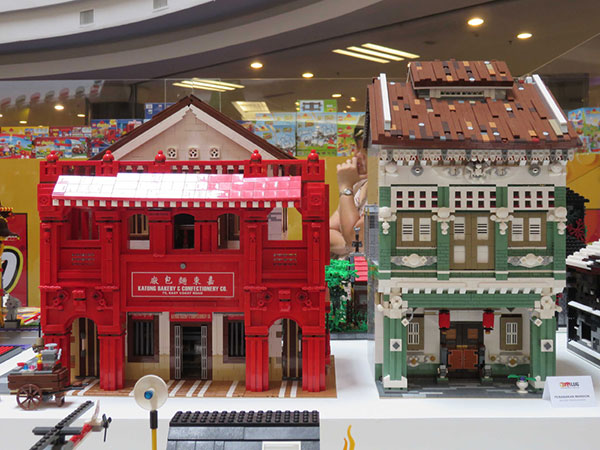When ignorance is endangerment
December 6, 2015, Sunday Peter Tan, mail@petertan.com
MY wife and I had wanted to get some shelves for organising our books, my training materials and various knick-knacks that were occupying the three-seater sofa and everywhere else we could pile them on. We were afraid if we didn’t allocate a proper place for them, guests visiting us would think we are hoarders.
Incidentally, IKEA recently opened its second store in Malaysia near where we live. Not wanting to jostle with the massive crowd on the opening day, we went the following weekend. We frequent its other store which I would rate as the most accessible building in the country. Much thought had been put into making the entire building friendly to disabled people.
The first impression I got from the second store was positive. Accessible parking spaces in the basement were plenty. I counted 12 from where we parked our car – there could be more. They were located near the entrance to the elevators and I could push myself effortlessly because the floor was level all the way.
My one gripe was that the markings on the floor to indicate these allocated parking spaces were not clear. Anyone could have parked their car in those spaces without realising it. I could see that they were still doing some final touch up on parts of the building. Hopefully, they would get around to making the markings more noticeable.
At the ground floor, the only way for me to get to the showroom was by way of elevators but both were not working. We approached a young woman who was manning the information counter for assistance.
“The lifts are not working,” she stated the obvious: “You can use the escalator.”
I was taken aback by her obliviousness to the fact that I was in a wheelchair. Most shopping malls prohibit wheelchairs and prams from using escalators for safety reasons. There was no way I was going up on the escalator – even with assistance.
“Is there another way to go up?” I asked her while pointing to my wheelchair, adding: “I can’t stand or walk.”
She pondered over the situation and then went away to consult a colleague.
“The lifts are not working,” the colleague repeated when she came over and indicated I could use the escalator.
I had to explain the predicament again to her. Being familiar with the layout of the first store, I was certain there was another elevator somewhere that I could use. She agreed there was but said I was not allowed to use it for one reason or another.
While we were going back and forth on the matter, two mascots trooped out from a door nearby. And lo and behold, behind that door was the elevator I was talking about. To make a long story short, they eventually let me use it to get to the showroom.
Such inconveniences may seem trivial but imagine having to explain the problem again and again. It was so frustrating and tedious. Shopping should be an enjoyable experience. It should not turn into a minor argument that would leave me feeling exasperated.
The episode I went through was needless if the staff were trained to handle customers’ problems with tact. Generally-speaking, companies should consider inculcating their staff with soft skills and think on their feet when facing such situations.
While I understand there are company rules and policies to follow, some degree of flexibility should be permitted in unexpected circumstances. Having said that, I wouldn’t fault the IKEA staff for the trouble and their ignorance. As the store just opened for business, they were probably new and still learning the ropes.
I have experienced having to reason with workers in cinemas, shopping malls and restaurants when they refused to accommodate me, which they rightfully should. I try not to be a difficult customer as far as possible but when the omission of their services or facilities leads to discrimination, I would not hesitate to point it out and demand that they be corrected.
Thankfully, this is not something I have to do often.
Front-line staff shouldn’t only be sensitised on the proper etiquette when dealing with disabled customers. As we are living in a pluralistic society, they should also be equipped with skills to serve customers of diverse ethnicity, age, religion and culture.
We got the shelves we were looking for. Assembling them should be straightforward. We already have a number of similar shelves set up in the living room, store room and kitchen. The difficult part now is to move the existing furniture around.
With a bit of luck, we may be able to create enough space to accommodate all the stuff.
This will certainly make the living room neater, airier and my training materials easier to find.
As it is, I always have to dig through stacks of documents whenever I needed to use them. I really can’t wait to have guests in the house again.
Read more: http://www.theborneopost.com/2015/12/06/when-ignorance-is-endangerment/#ixzz3wasXYo8m

